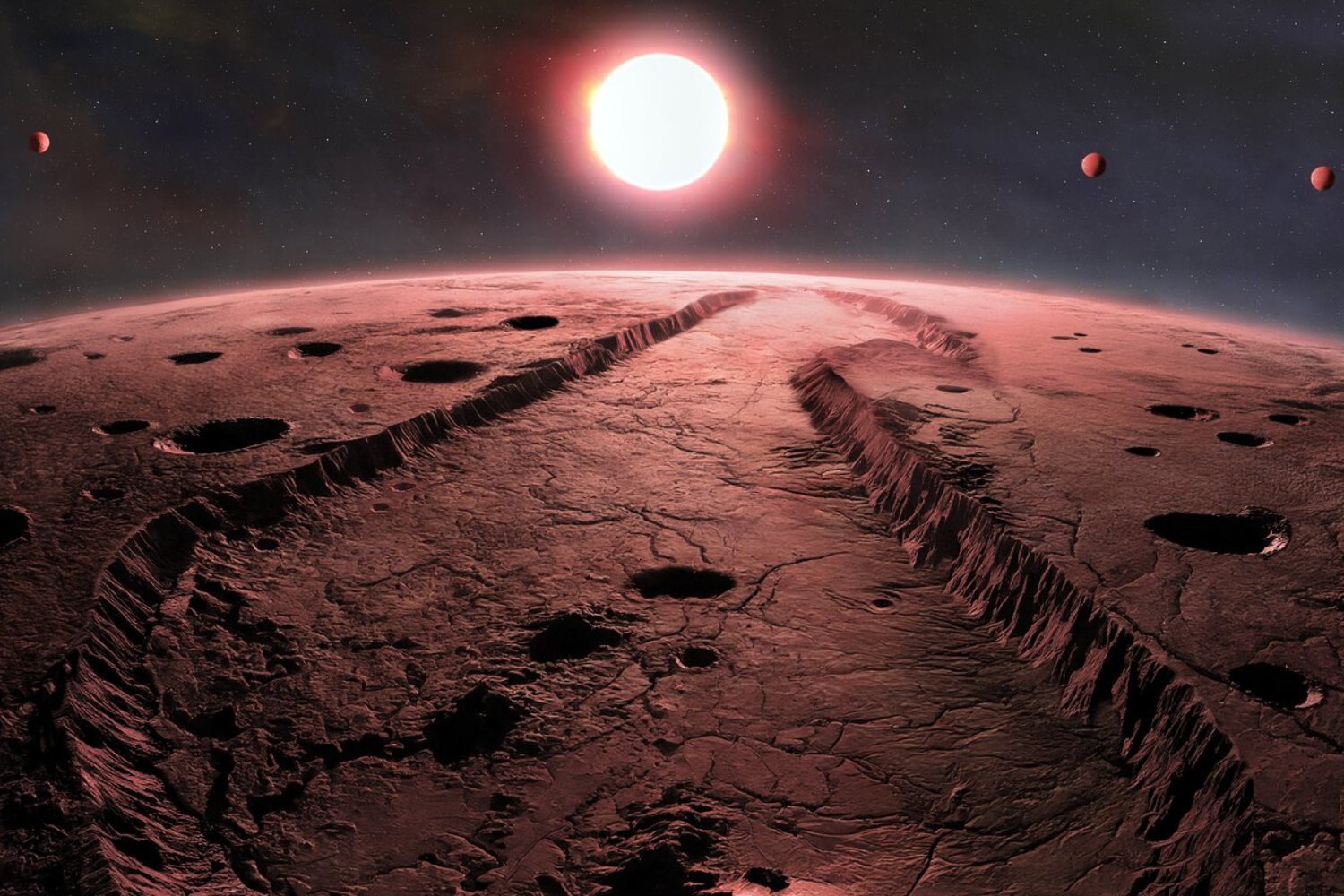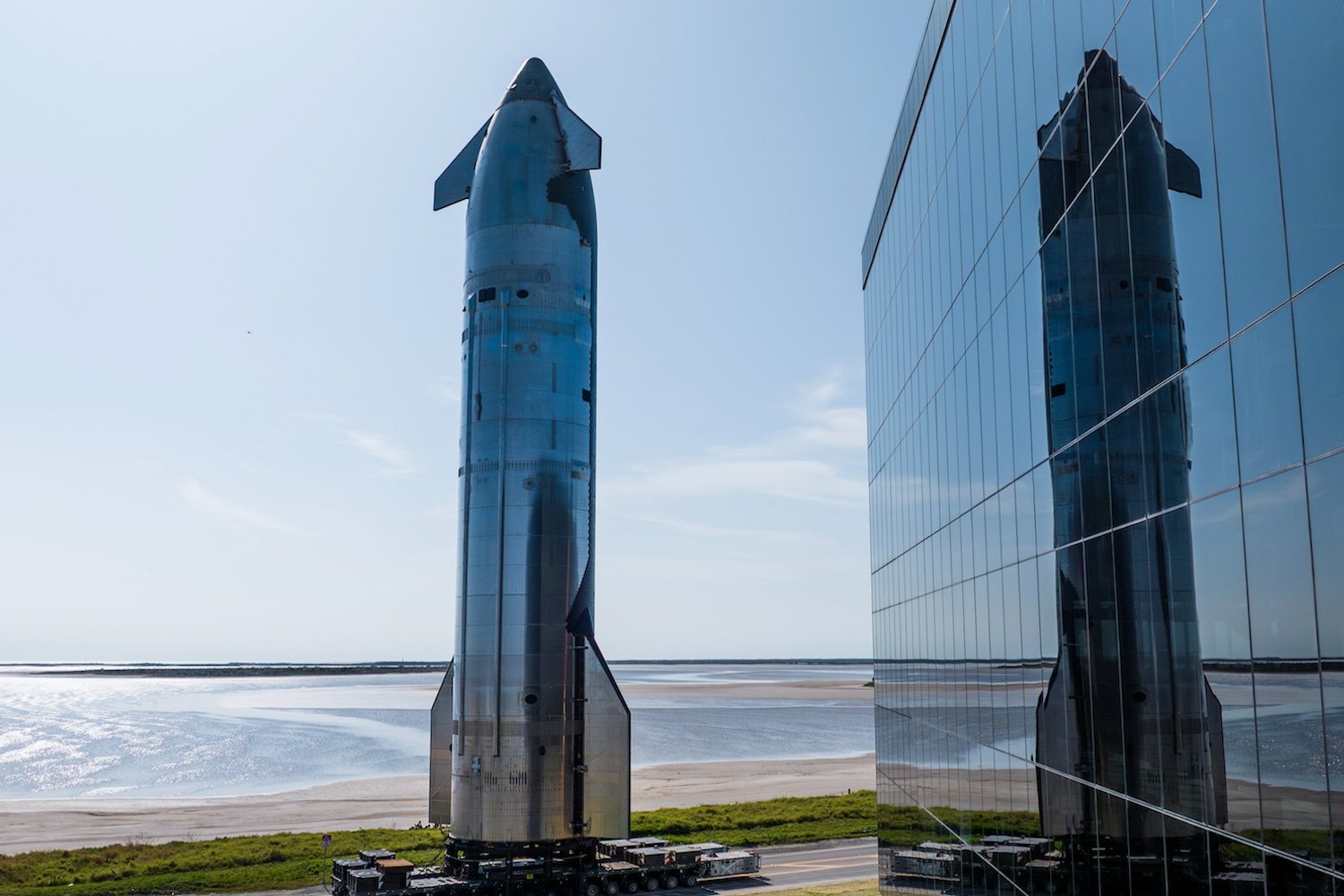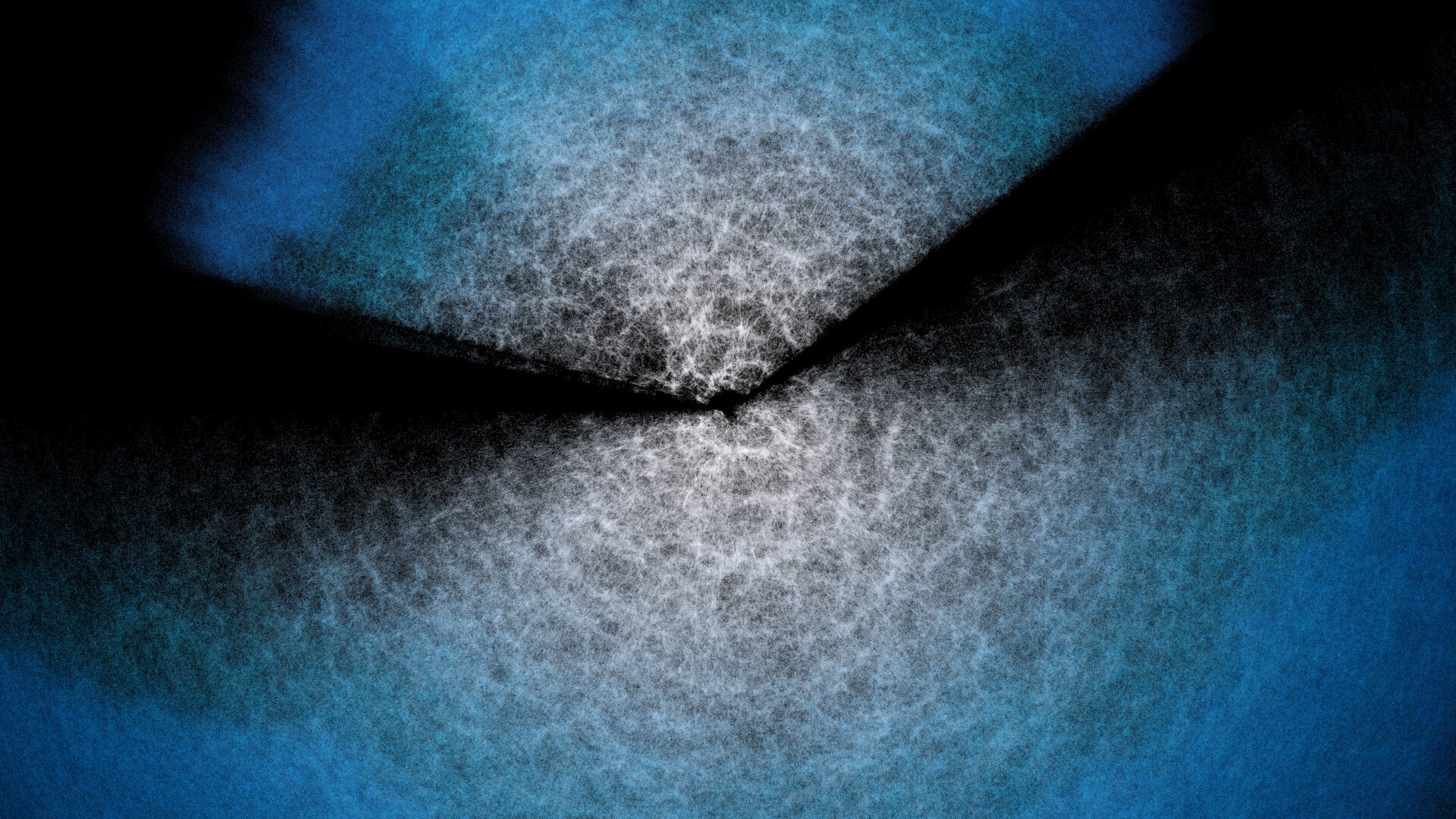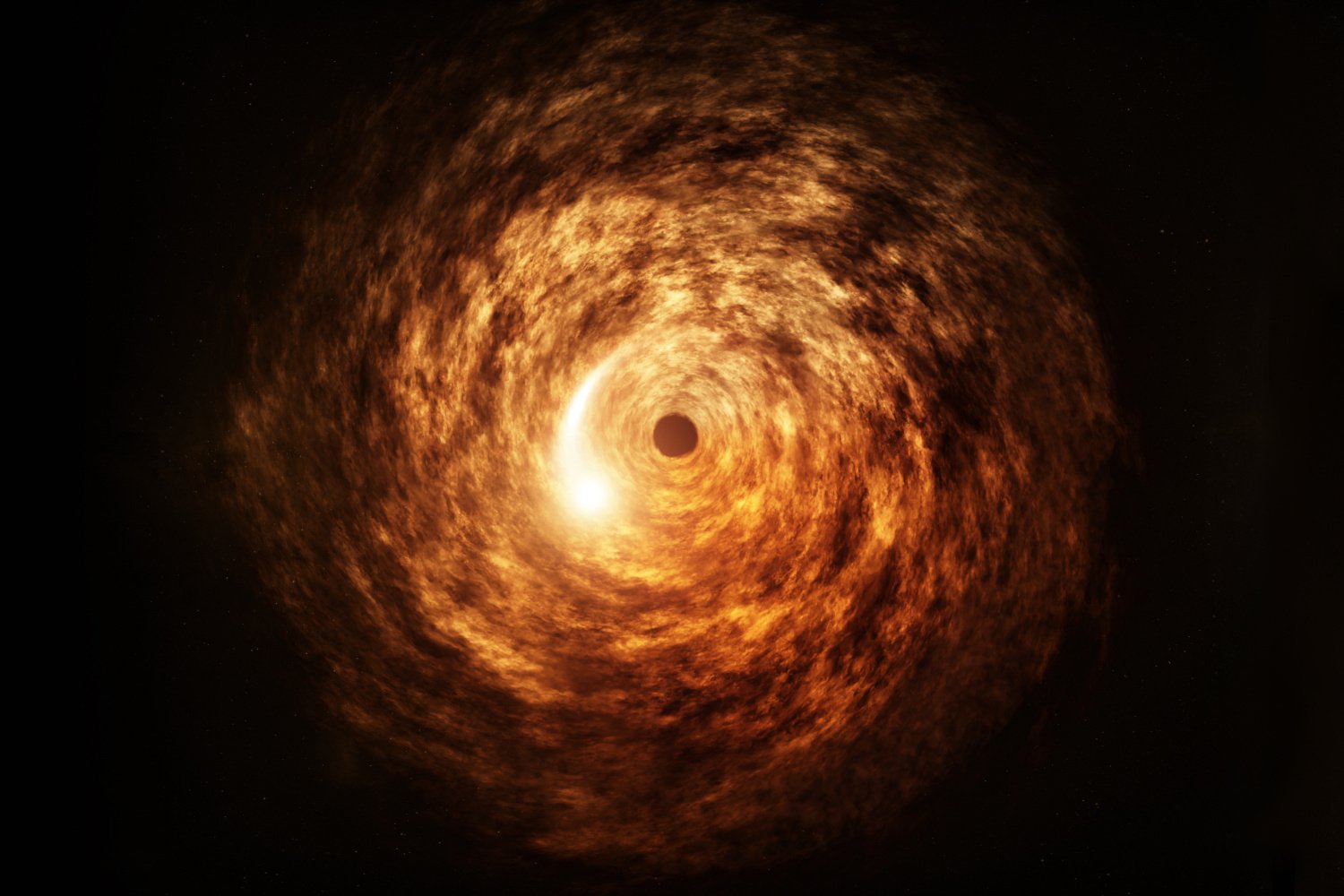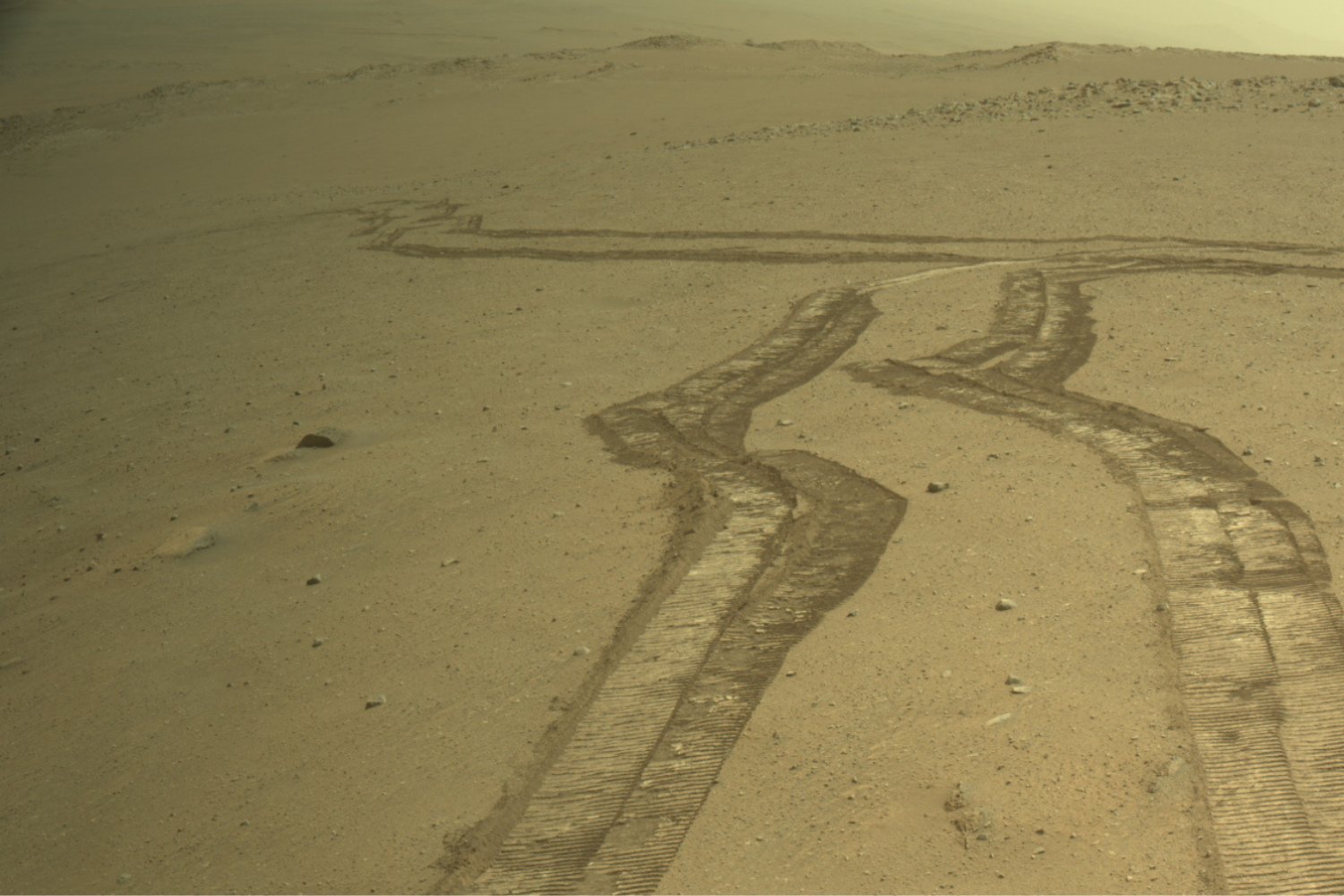Barnard’s Star, a red dwarf just six light-years from Earth, has long been a focus in the search for exoplanets. After a century of potential discoveries and subsequent revisions, an international team of astronomers has definitively confirmed the existence of four exoplanets orbiting this nearby stellar neighbor.
This groundbreaking discovery, published in The Astrophysical Journal Letters, utilizes data from the MAROON-X instrument on the Gemini North telescope. This sophisticated instrument detects the subtle wobble of a star caused by the gravitational pull of orbiting exoplanets. By analyzing this wobble in Barnard’s Star’s light over three years, the team identified four sub-Earth mass exoplanets. This finding builds upon a 2024 study that tentatively identified these same exoplanets, significantly strengthening the current confirmation.
A Closer Look at Barnard’s Star and Its Planets
Red dwarfs, like Barnard’s Star, are smaller and cooler than our Sun, emitting a characteristic orange-ish light. Sub-Earth exoplanets, as the name suggests, possess less mass than Earth. The close proximity of these exoplanets to Barnard’s Star results in incredibly short orbital periods, lasting just a few Earth days. This proximity also means they are likely rocky and uninhabitable, with scorching surface temperatures. The 2024 study estimated Barnard b’s surface temperature to be a sweltering 257 degrees Fahrenheit (125 degrees Celsius).
Collaboration and Confirmation
The team’s confidence in these findings is bolstered by independent observations. By combining their MAROON-X data with data from the 2024 study, which utilized the European Southern Observatory’s Very Large Telescope in Chile, they were able to solidify the classification of one of the planet candidates as a genuine exoplanet. The independent nature of these observations, conducted at different times and locations without prior coordination, effectively eliminates the possibility of data anomalies or “phantoms.”
A New Era in Exoplanet Hunting
This discovery is particularly significant because one of the confirmed exoplanets boasts the smallest mass ever detected using the radial velocity technique (the wobble method). This breakthrough demonstrates the increasing sensitivity of exoplanet detection methods, opening up exciting new possibilities for finding even smaller, Earth-like planets.
The Search for Habitable Worlds
The ultimate goal of exoplanet research is to discover rocky planets within the habitable zone of their stars – the “Goldilocks” zone where conditions are just right for liquid water to exist. Water is considered a fundamental requirement for life as we know it, making the search for habitable exoplanets a crucial step in understanding the prevalence of life beyond Earth. While the exoplanets orbiting Barnard’s Star are not within the habitable zone, this discovery marks a significant advancement in our ability to detect and characterize these distant worlds.
Conclusion
The confirmation of four exoplanets orbiting Barnard’s Star represents a major milestone in exoplanet research. It underscores the power of collaborative science and advanced instrumentation in unraveling the mysteries of our cosmic neighborhood. While these particular exoplanets are unlikely to harbor life, the refined techniques used in this discovery pave the way for future discoveries of potentially habitable worlds. The quest to find another Earth continues.



